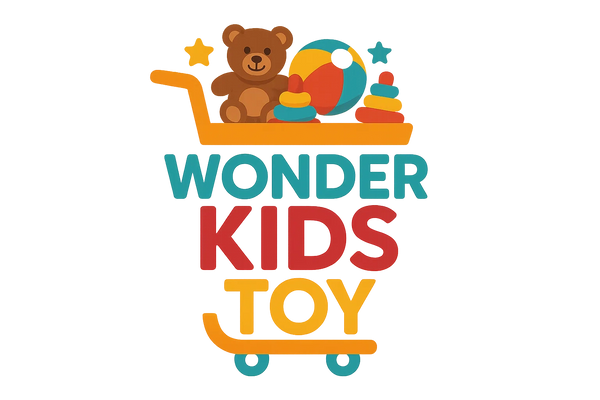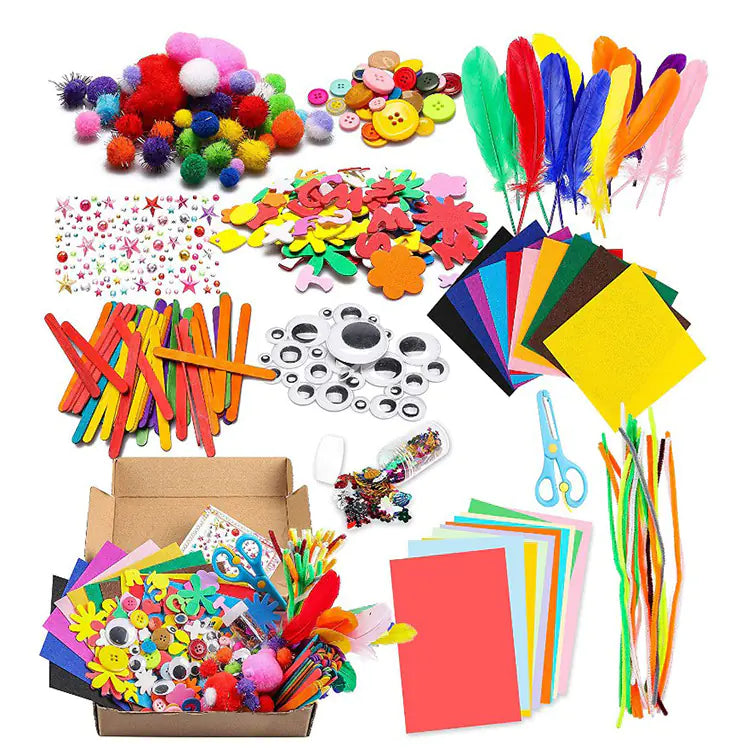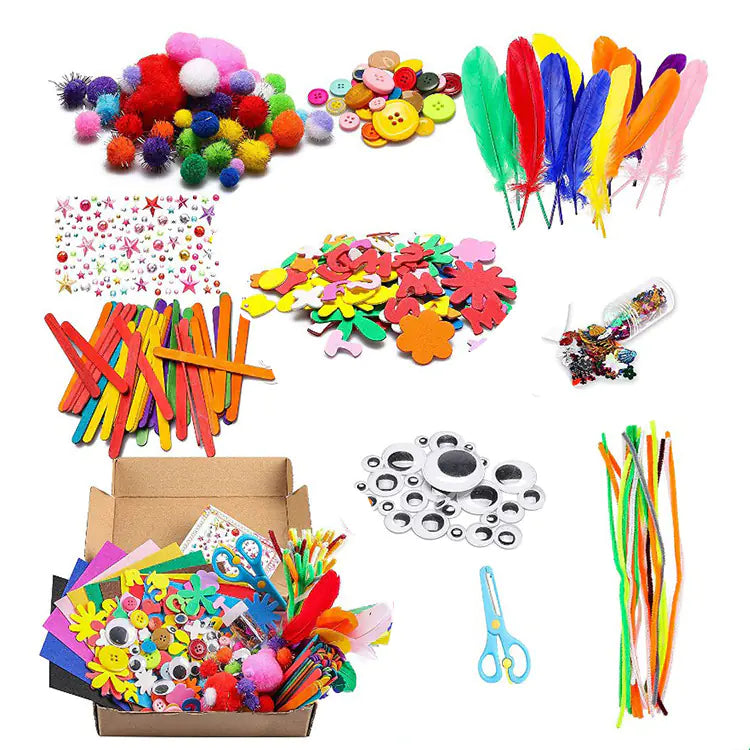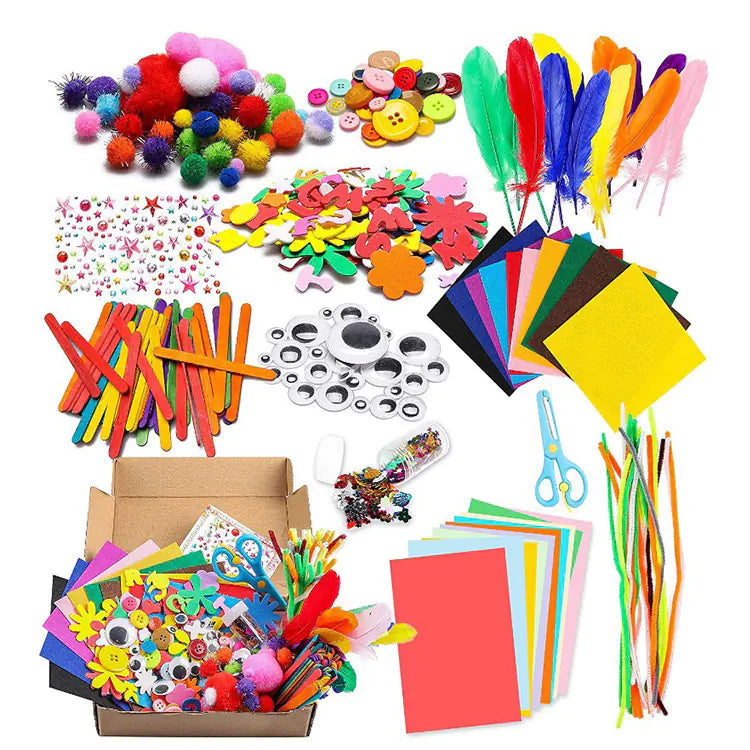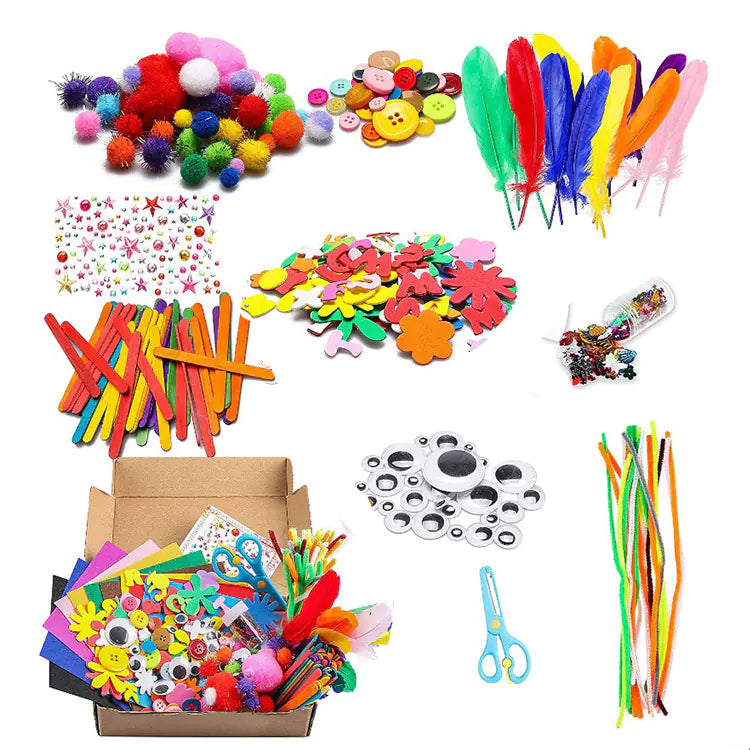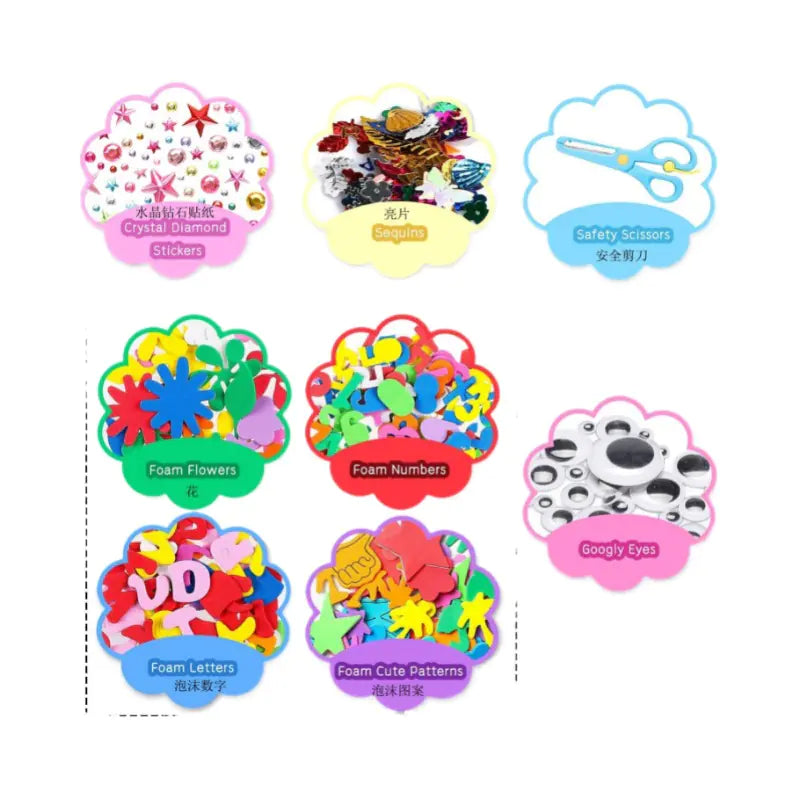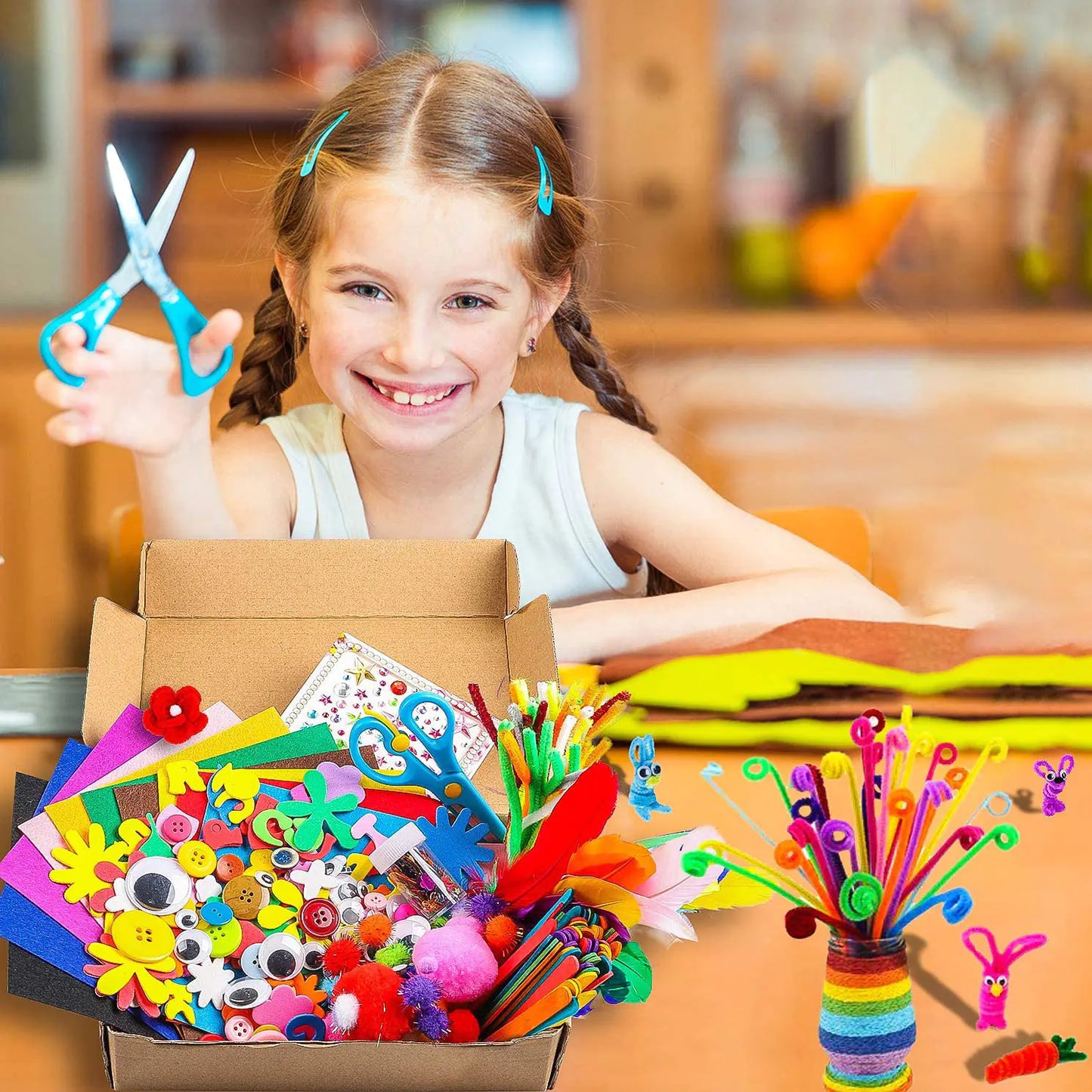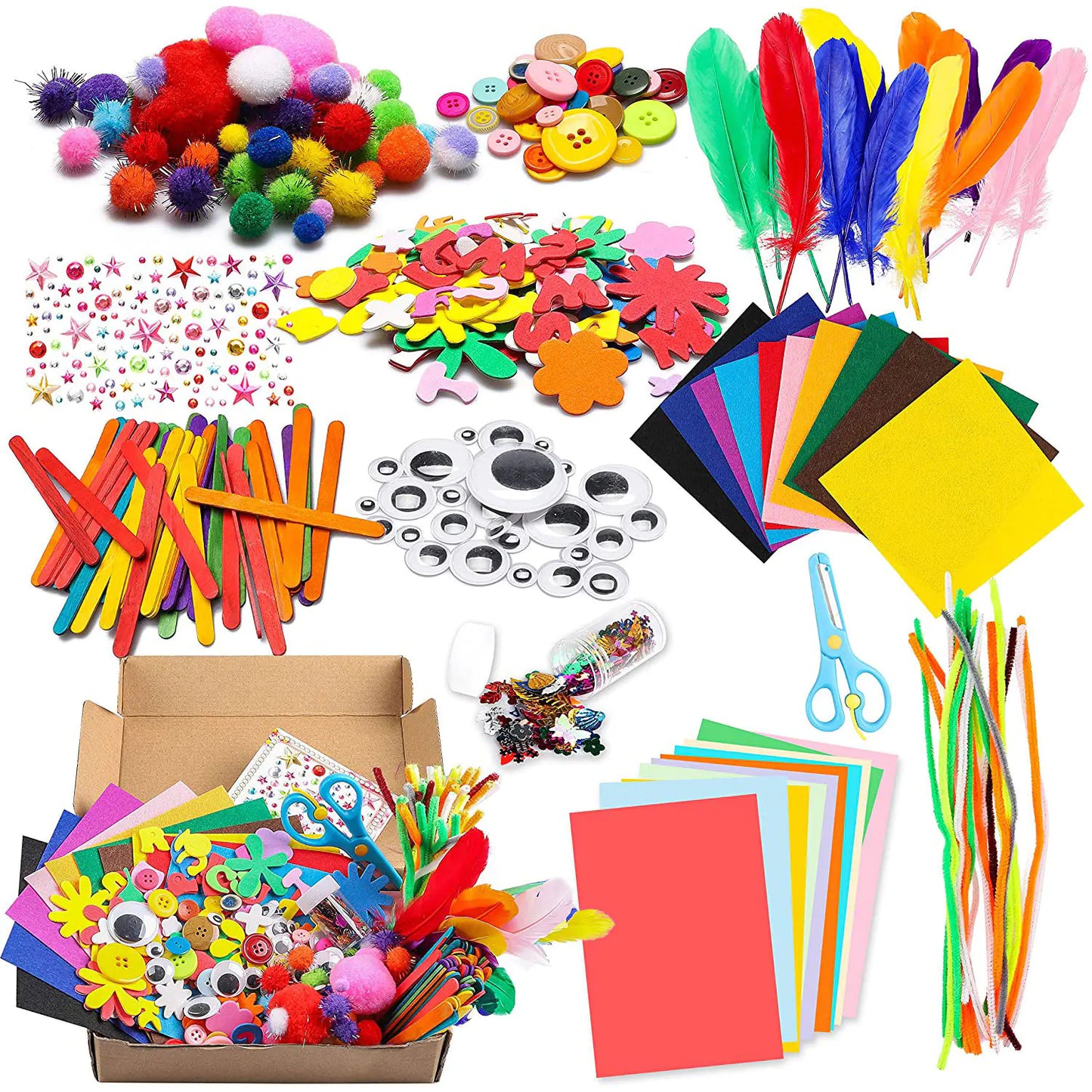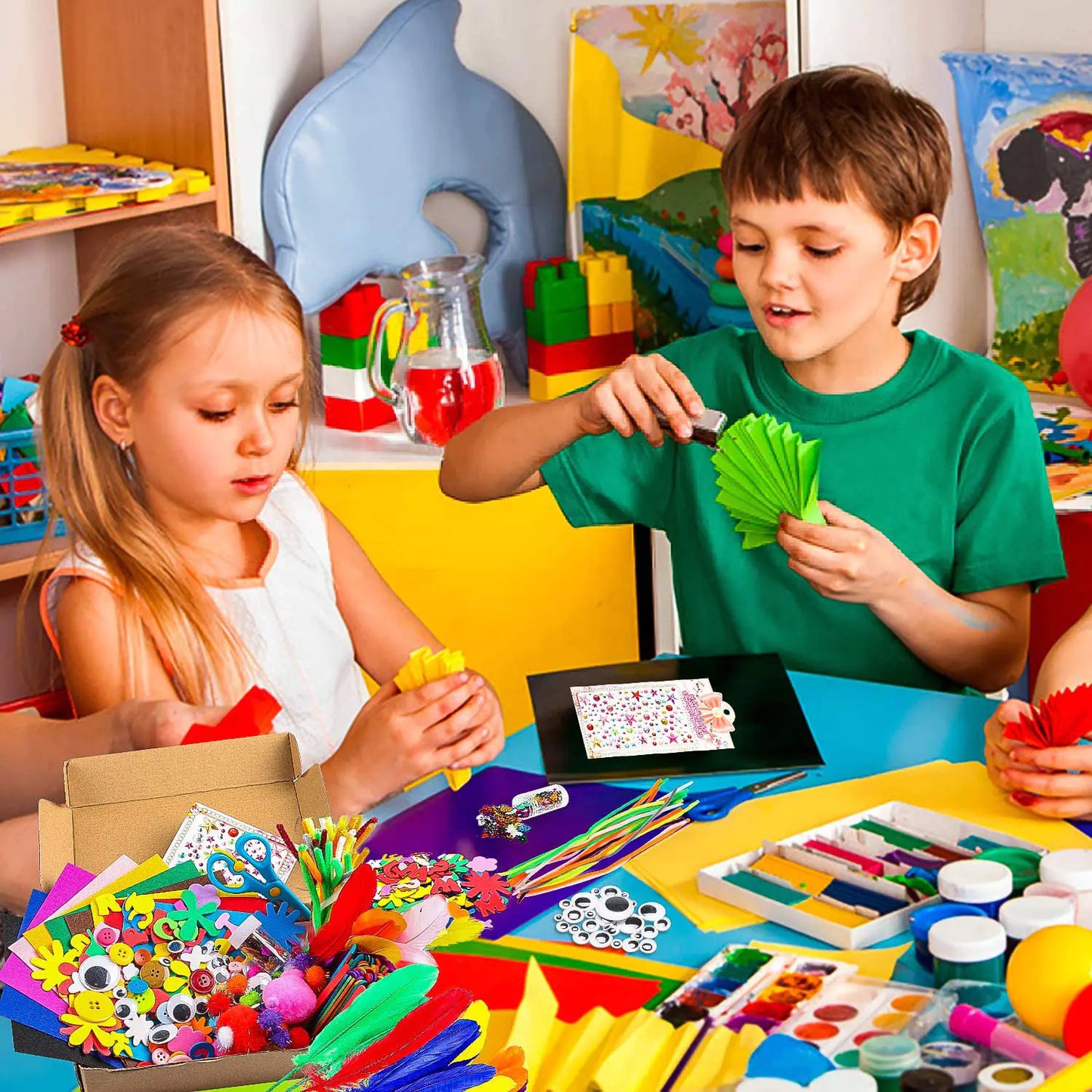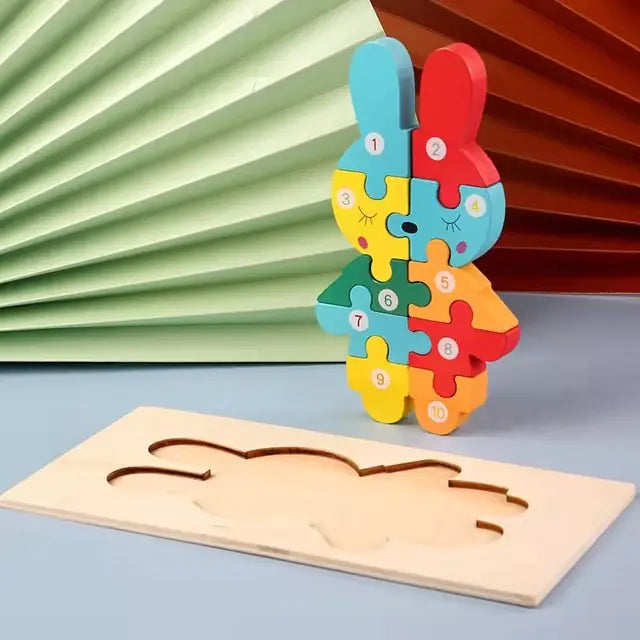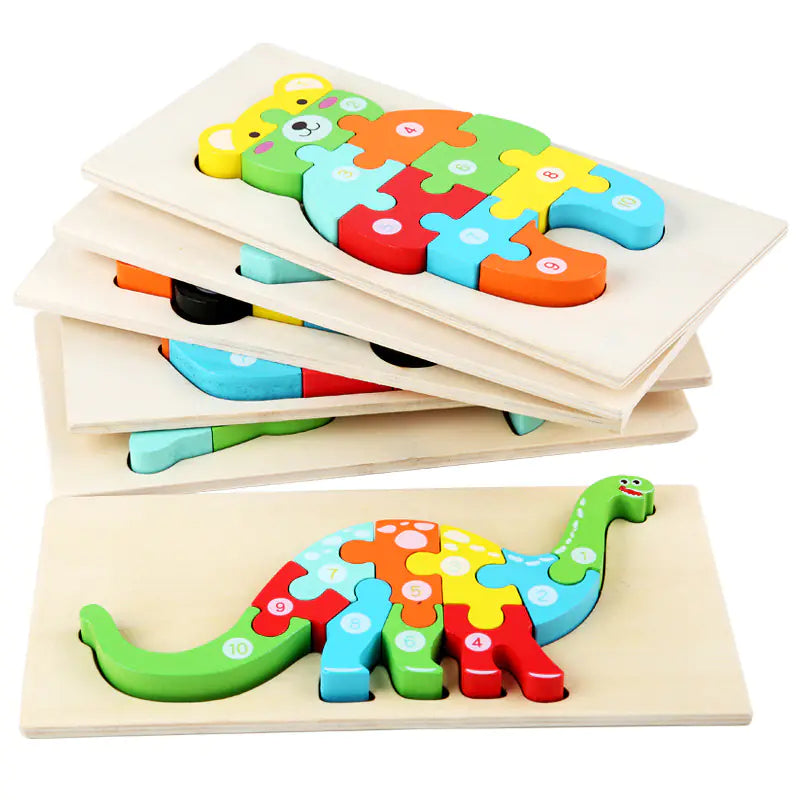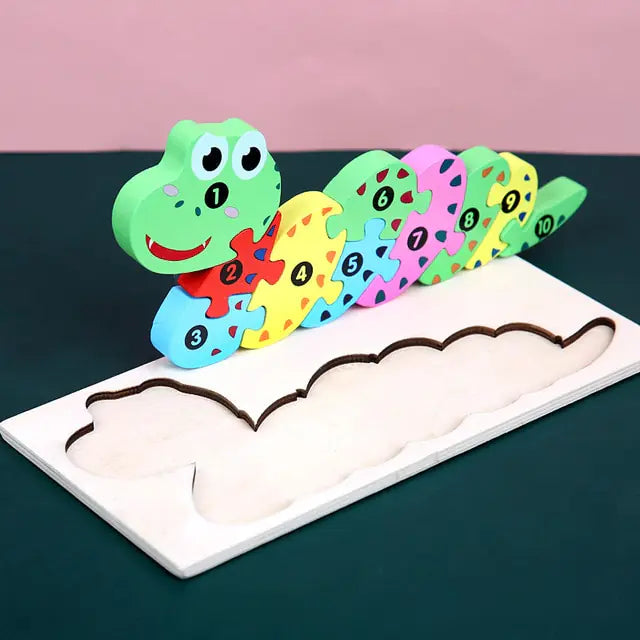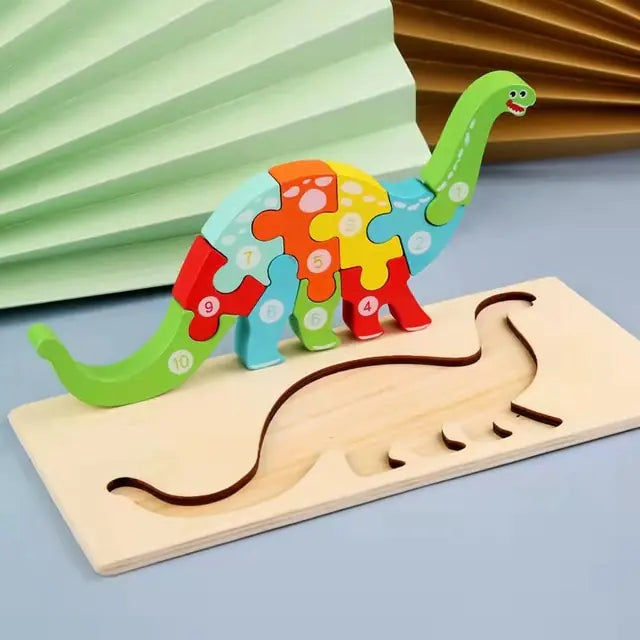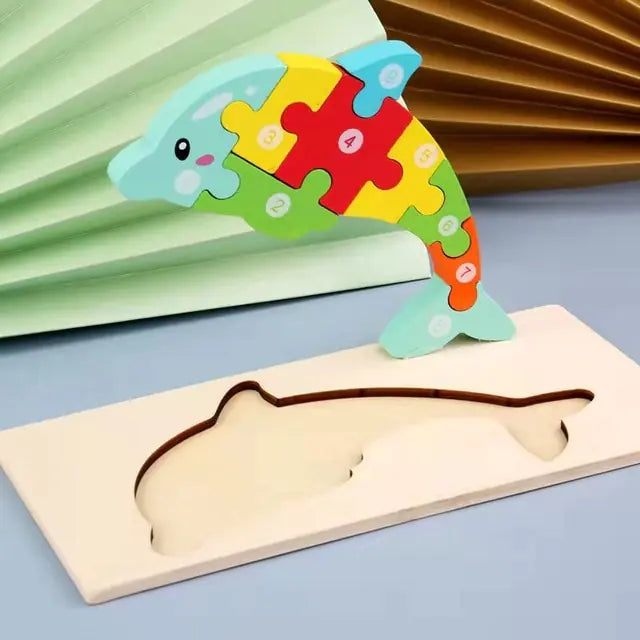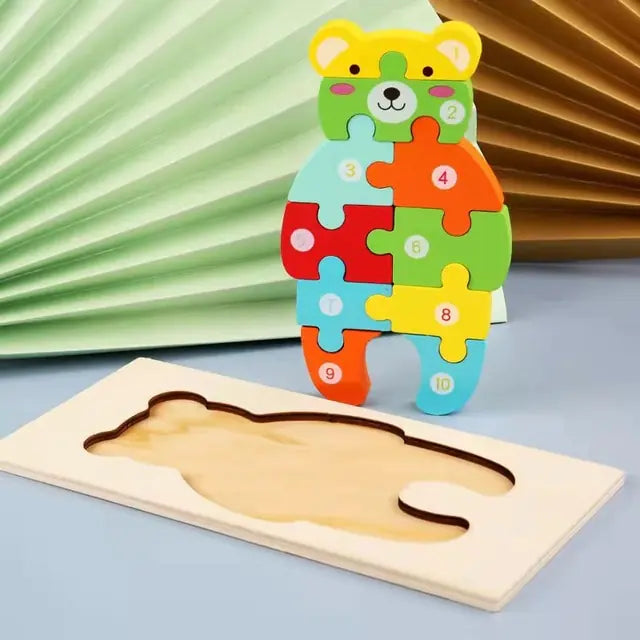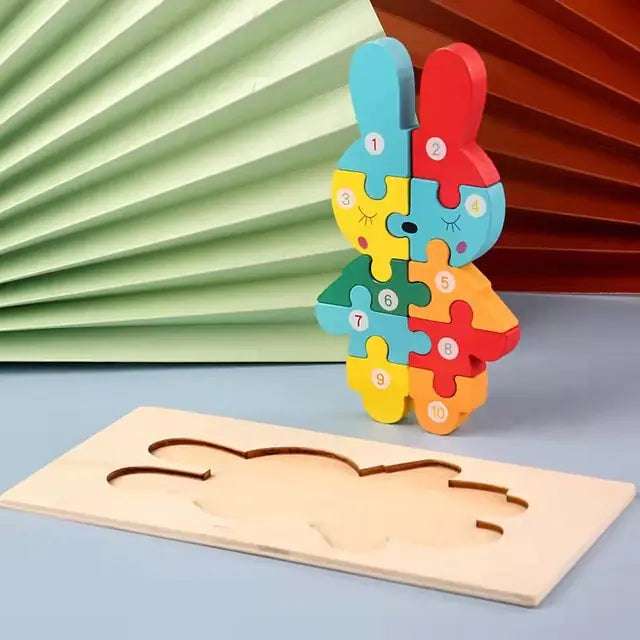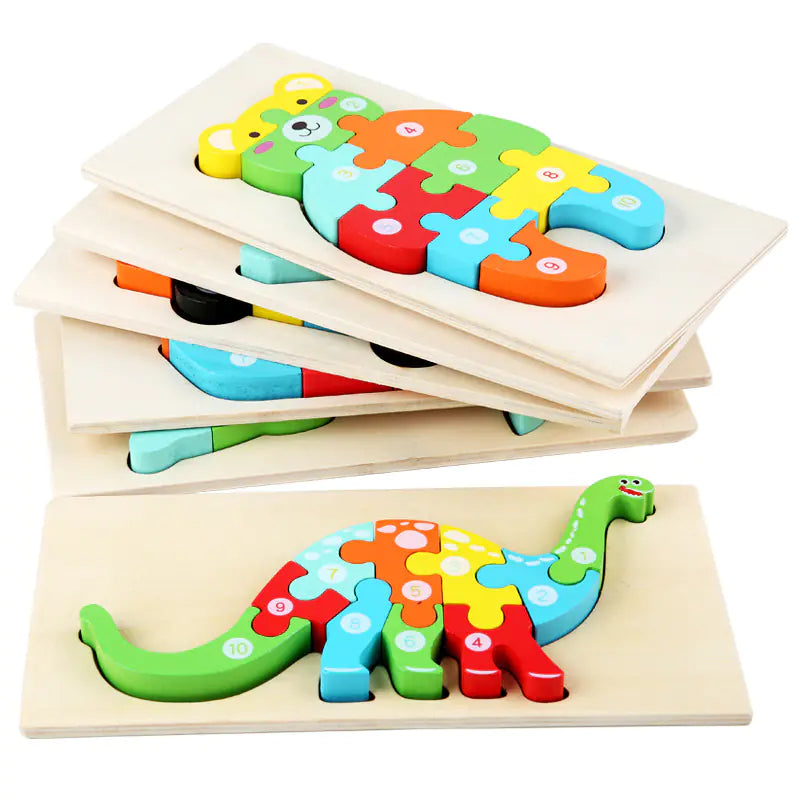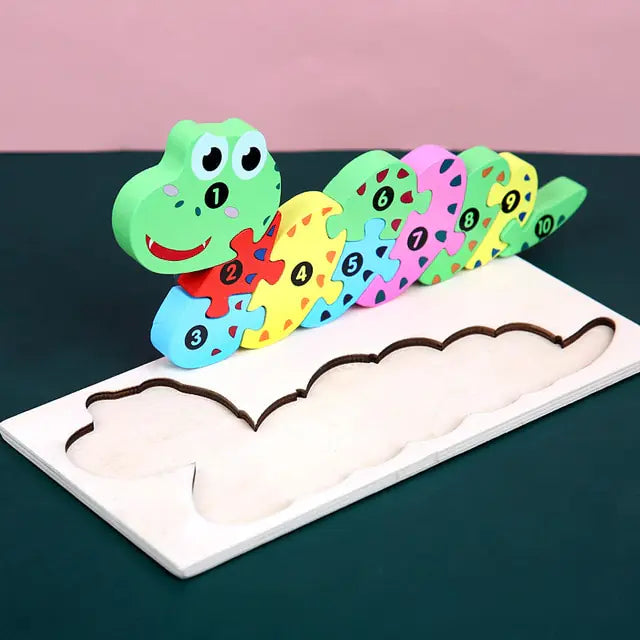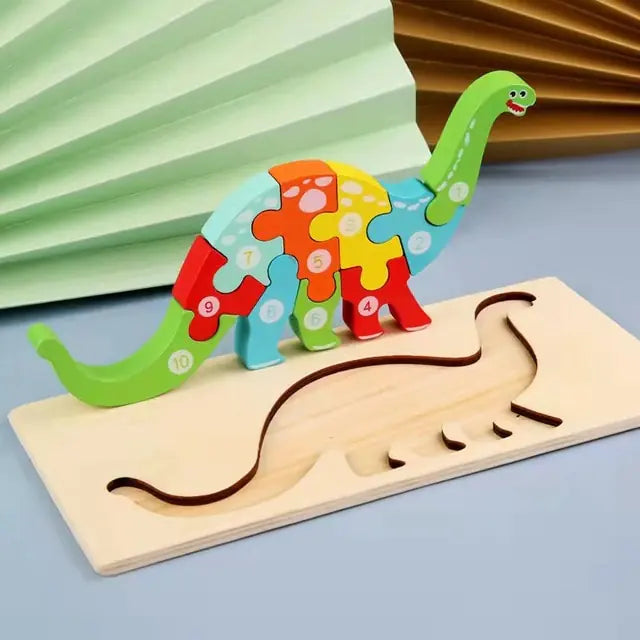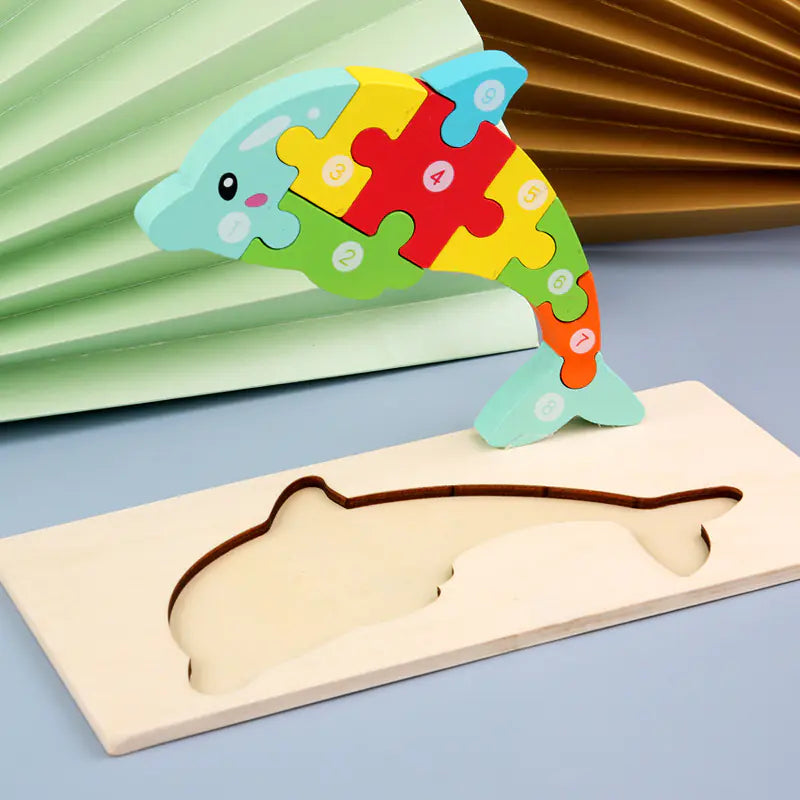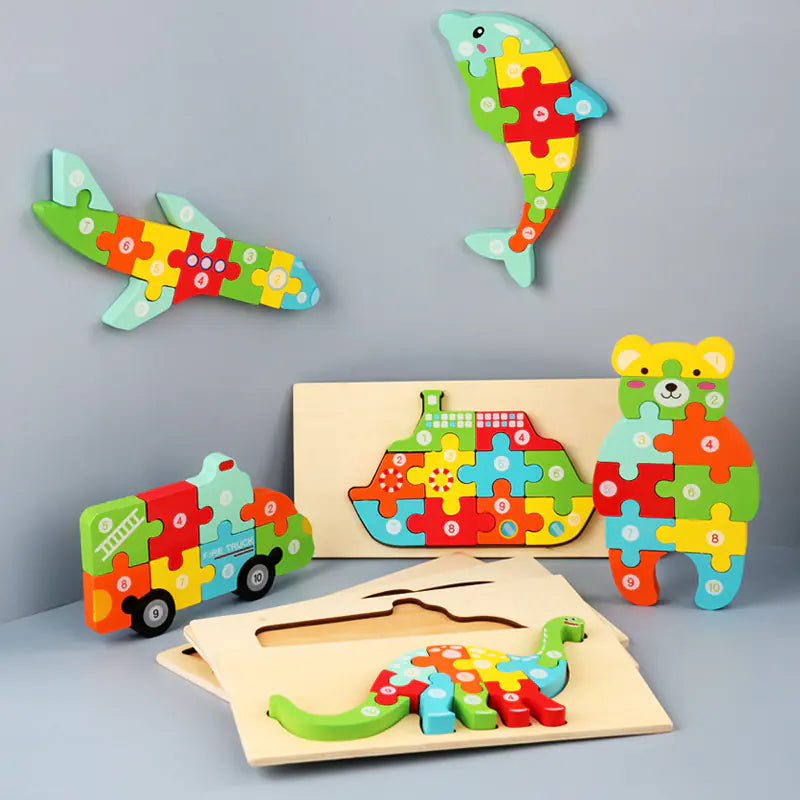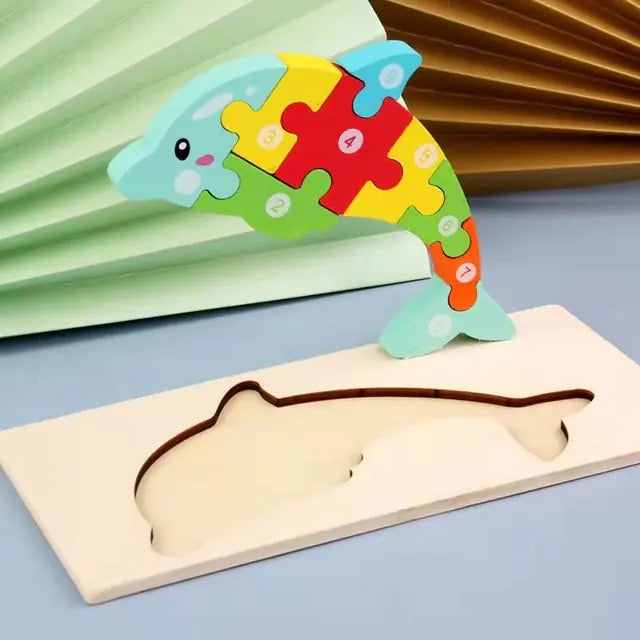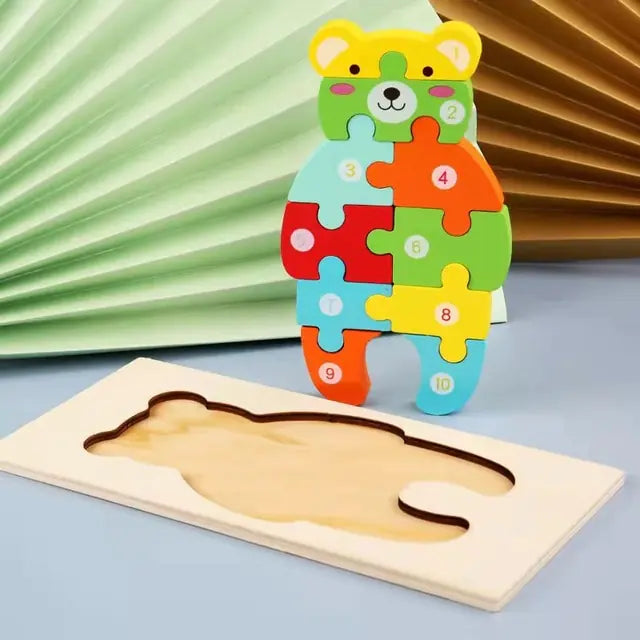You know, being a dad is a wild ride. It’s a constant balancing act between wanting to give them the world and figuring out how to do it without turning your house into a total disaster zone. I've always been keen on sparking that inner fire of curiosity in my kids. Sure, school’s great, but I wanted something more that would make them go “Whoa, that’s cool!” without staring at a screen. That’s when I stumbled upon science kits. And let me tell you, it’s been a game-changer.
The "Aha!" Moments: Why I'm a Science Kit Fan
Let’s be real, getting kids to unplug is like trying to herd cats sometimes. But science kits? They're like a magic trick. They turn learning into an adventure, where my kids are the explorers, not just passive watchers. I still remember the look on my daughter's face when we made slime for the first time. The squishy, stretchy goo was fascinating, but what got her going was the science behind it – polymers and reactions, stuff I barely remembered from high school. And it wasn’t just fun; it was a real learning experience, those precious "aha!" moments that make all the mess worth it.
Science Kits for Kids: A Treasure Trove of Discovery
Science kits for kids are like opening a treasure chest. Inside, you’ll find everything from chemistry sets to robot-building kits, from dinosaur digs to mini-planetariums. It’s like having a mini science lab right in your living room. My son is a budding engineer, and the kits he gets to build things with? Those are his jam. We built a little solar-powered car together, and seeing him understand how the solar panel turned sunlight into motion? Priceless.
The Age Factor: Finding the Right Fit
One thing I’ve learned the hard way is that age matters. You can’t just throw any kit at any kid and expect them to become Einstein overnight. It’s about finding that sweet spot where they’re challenged but not overwhelmed, where they’re learning but also having a blast.
Science Kits for Toddlers: Tiny Hands, Big Discoveries
For the little ones, science kits for toddlers are all about exploring the world with their senses. Think simple stuff – safe, colorful liquids, textured materials, and things that make sounds. We did a kit with different magnets and watched how they stuck to some things but not others. It was basic, but it introduced them to the idea that the world is full of surprises.
- Sensory play with safe materials and textures.
- Simple experiments with colors and water.
- Introducing basic concepts like gravity and magnetism.
Science Kits for 4 Year Olds: The "Why?" Stage Extravaganza
Four-year-olds are like little walking question marks. Science kits for 4 year olds are perfect for answering those endless “why?” questions with hands-on activities. We built a mini-volcano, and their faces were pure joy when it erupted. It wasn't just fun, it was a mini-lesson on chemical reactions and the Earth's layers.
- Building simple machines like levers and pulleys.
- Exploring the wonders of magnetism.
- Learning about the weather with simple experiments.
Science Kits for 6 Year Olds: Stepping into the Science Lab
By six, they’re ready for a bit more complexity. Science kits for 6 year olds often come with more detailed instructions and more advanced experiments. We did a kit that involved building a simple electrical circuit with a light bulb and a battery. It was a bit of a challenge, but when that light flickered on, they’d discovered fire.
- Building basic electrical circuits.
- Exploring chemical reactions with safe household materials.
- Learning about the solar system with model planets.
Science Kits for 8 Year Olds: Diving Deeper into Specific Sciences
At eight, they’re ready to dive into specific areas. Science kits for 8 year olds often focus on things like biology, chemistry, or robotics. We did a kit that involved dissecting a flower to learn about its parts. It was a bit… well, let’s say it was a learning experience for everyone, including me.
- Exploring biology with dissection kits (safe ones, of course).
- Building simple robots and learning basic coding.
- Conducting more complex chemistry experiments.
Science Kits for 10 Year Olds: Getting Serious About Science
Ten-year-olds are ready for more advanced concepts. Science kits for 10 year olds often include more detailed explanations and more complex experiments. We built a mini-greenhouse and learned about photosynthesis and plant growth. It was like having a science class in our backyard.
- Building telescopes and exploring astronomy.
- Learning about genetics with DNA model kits.
- Conducting advanced chemistry experiments with lab equipment.
Science Kits for 12 Year Olds: Preparing for the Real World
By twelve, they’re starting to think about high school and beyond. Science kits for 12 year olds often cover topics relevant to their school curriculum, like physics and advanced chemistry. We built a small hydraulic arm and learned about pressure and force. It was like bringing a bit of engineering into our garage.
- Building small engines and learning about mechanics.
- Exploring advanced chemistry and physics concepts.
- Learning about computer programming and electronics.
Science Kits for Teens: Exploring Future Possibilities
For teens, science kits for teens can be a way to explore potential career paths. We did a kit that involved building and programming a drone to fly a particular path. It was like watching the future unfold right in front of us.
- Building drones and learning about aerodynamics.
- Exploring advanced robotics and artificial intelligence.
- Conducting complex chemistry and biology experiments.
Science Kits for Adults: Because Learning Never Stops
You might be surprised, but science kits for adults are a thing! I even tried one myself – a kit to build a telescope. It was fascinating to learn about lenses and optics, and to see Jupiter’s moons through my own telescope. That was incredible.
- Building crystal radios and learning about electronics.
- Conducting advanced chemistry experiments with lab equipment.
- Exploring the world of astronomy with telescopes and star charts.
The Real Benefits: More Than Just Fun and Games
Science kits do more than entertain. They teach kids to think like scientists, ask questions, and solve problems. They foster creativity and innovation and show them that learning can be an adventure.
- Developing critical thinking and problem-solving skills.
- Encouraging creativity and innovation.
- Fostering a love for learning and exploration.
Choosing the Right Kit: A Dad’s Guide
Finding the right science kit can be tricky. Here’s what I’ve learned:
- Know their age and interests.
- Read reviews and compare kits.
- Look for safe, easy-to-use kits.
- Don’t hesitate to ask for recommendations.
Where to Find Top-Notch Science Kits
When it comes to science kits, quality matters; that’s why I recommend WonderKidstoy.com. They have a fantastic range of kits for all ages and care about making learning fun.
WonderKidstoy.com: Where Learning Meets Adventure
At WonderKidstoy.com, they get it. They understand that learning shouldn’t be a chore but an adventure. They offer a wide range of educational products, including science kits, that are designed to spark curiosity and ignite a love for learning. I’ve always been impressed with their products and their customer service.
My Final Thoughts: A World of Wonder
As a dad, I can’t recommend science kits enough. They’ve turned my kids into mini-scientists, eager to explore and discover. If you want to give your kids a gift that will inspire them for years to come, try science kits. And remember, WonderKidstoy.com is a great place to start your adventure.
This helps you find the perfect kit for your little explorers. Happy experimenting, and happy parenting.
